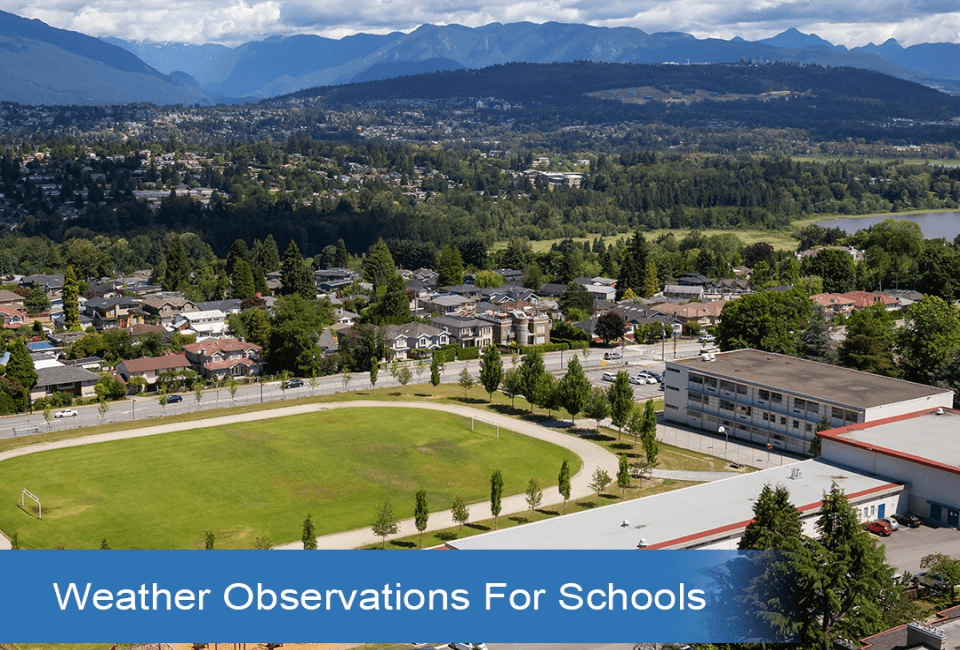
Importance of Monitoring cultivation
October 6, 2022
Thunder And Lightning: What’s The Main Difference?
October 6, 2022Weather Observation is the application of science and technology to forecast atmospheric conditions for a specific location and period. Weather forecasting has been attempted informally for centuries and officially since the eighteenth century. Weather observation was done by hand and primarily focused on fluctuations in barometric pressure, current weather patterns, and sky status or cloud cover is now done using computer-based models that account for a wide range of atmospheric factors.
Weather forecasts are made by collecting objective data about the current state of the atmosphere in a certain area and utilizing meteorology to forecast how the weather will behave in the future. Human input and involvement is also necessary to select the optimal forecast model based on the forecast.
Weather observation is an economic activity; for example, the US spends billions of dollars in weather observation & forecasting. We also know that weather prediction lets us examine the importance Of Weather Observations For Schools.
Why Employ Weather Observations for Schools?
Lightning hit two fans during a high school soccer game on May 6, 2015. The grandparents of Pocahontas Middle School in Henrico County, Virginia, were fortunate to survive the lightning hit on this occasion.
Unfortunately, the same year, lightning struck Francois Clarence's school. Francois, 17, played field hockey at his school in Witbank, South Africa, roughly 80 miles from Johannesburg. Francois had been struck while sprinting across a playing field, and although they brought him to the hospital, he did not survive.
A lightning bolt struck a crowd of children and adults watching a lacrosse game at St. Albans School in Washington, DC, a few years ago. Ten people were critically hurt, and one 15-year-old boy died.
Lightning strikes on or near schools and outdoor sports playing grounds, every year when weather conditions might include the danger of thunderstorms. Although not all direct lightning hits end in death, 29 lightning-related deaths occurred between 2006 and 2013 while the victims were participating in sports. Soccer, baseball, and football, as well as team sessions, were among the events.
Apart from lightning strikes, other weather conditions can disrupt the day-to-day working of the school.
Weather Observations for Schools
The significance of weather observations for schools where lightning and other extreme weather events are a concern cannot be overstated. According to the National Weather Service, NOAA, between 2006 and 2013, around 20% of lightning deaths were boys and females of high school age or younger. Many children and adolescents are unaware of the dangers of thunderstorms and will continue to participate in outdoor activities even as storms approach.
Even when supervised, school-aged children (as well as spectators) are at risk when schools lack effective weather observation systems. When thunderstorms are in the area, all schools should have a safety plan that include rules and procedures. The advanced warning provided by a permanently mounted lightning detector provides school administrators, coaches, and supervisors with information that can prevent disasters when kids are engaged in outdoor activities.
EndNote
Hydernmet has created products to protect schools from extreme weather conditions by offering weather observation for schools using their app: Vyomet. They are also teaching kids about climate change using CLASS. Climate Learning and Student Safety, or CLASS, which is a K-12 STEM curriculum. This program introduces Earth Networks and Davis Instruments technology to schools. GLOBE’s Technology and Learning & Research platform make CLASS a fantastic STEM program.




